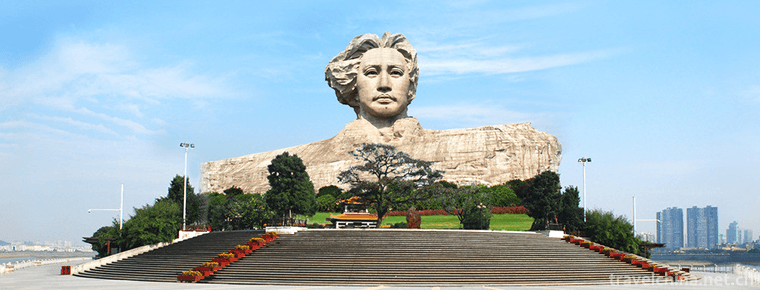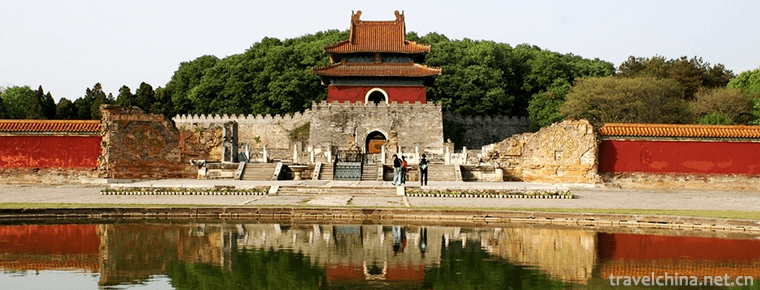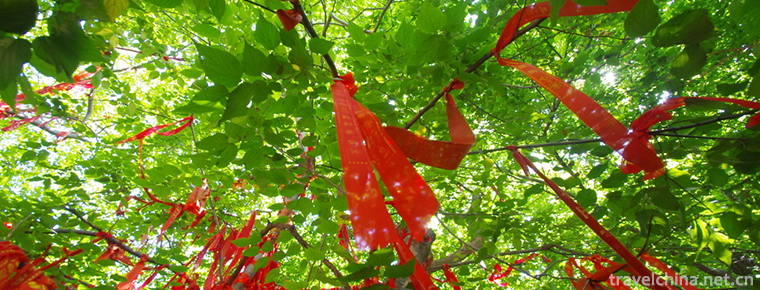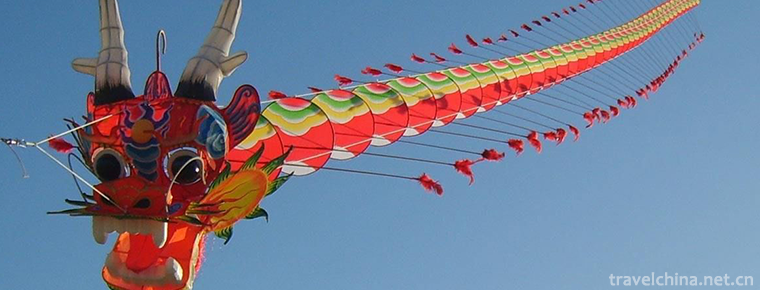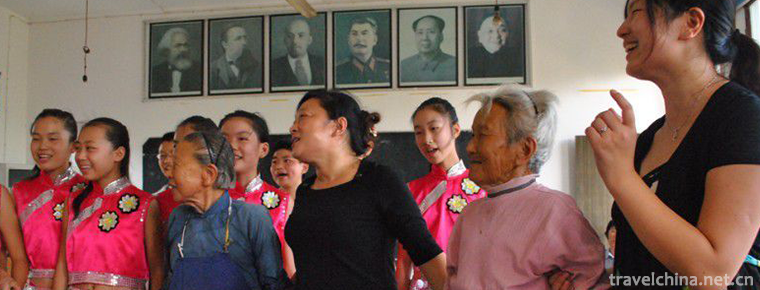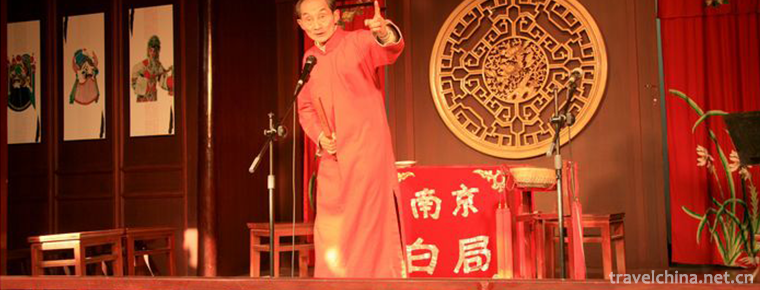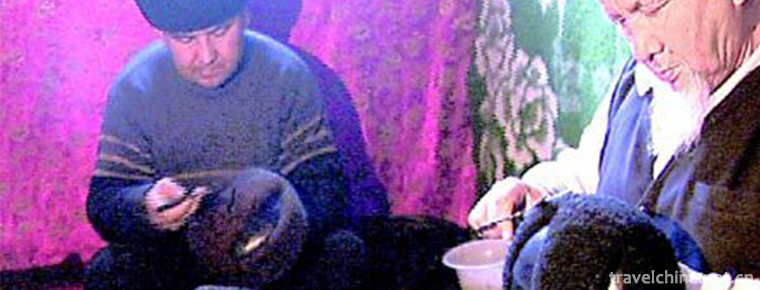Traditional Building Techniques of Wood Arch Bridge
Traditional Building Techniques of Wood Arch Bridge
The traditional construction techniques of Chinese wooden arch bridges mainly include site selection, abutment construction, level measurement, arch erection, upper scissors seedling, instant leg erection and Bridge roof erection, etc. The core technology of which is the construction of arch erection.
On June 7, 2008, the traditional construction techniques of wooden arch bridges were approved by the State Council and listed in the second batch of national intangible cultural heritage list.
Main Distribution
Wooden arch bridge is a kind of traditional wooden bridge with high technical content in China, and it is also the only type in the history of bridges in the world. It mainly distributes in Zhejiang and Fujian provinces in China. Fujian and Zhejiang are located in the hilly region of Southeast China. They have high mountains, dense forests, deep valleys and dangerous rivers. They provide a unique natural geographical environment and raw materials for the construction of wooden arch bridges, and make the bridge-building techniques spread and develop for a long time. There are less than 100 existing wooden arch bridges in China. There are 15 wooden arch bridges in Taishun County, Zhejiang Province and 54 in Ningde City, Fujian Province. The wooden arch bridge is composed of abutment, bridge body (including arch, deck) and bridge house. It is divided into single arch, double arch and multi-arch. The bridge body is like a rainbow, so it is also called "rainbow bridge".
Choosing the village tail as the bridge site, starting from the village "geomancy" point of view, and considering that there are solid rocks on both sides of the bridge site for masonry platform, we should try to choose narrower points on both sides of the bridge to reduce the span of the bridge arch. Bridge abutments are built with stones on rocks near streams or flat piers on shores. Bamboo waking up level method was used to measure the level of bamboo. The bamboo was split into two pieces, and then water was filled in the bamboo pieces to adjust the height of each bamboo piece to achieve the level. To build an arch, three seedlings should be erected first. After erecting a solid bridge cut, install three seedling bases, hang the three seedlings on the water frame column, install the cross beam perpendicular to the bridge span direction at the top of the seedlings, and then hoist three seedlings, and punch the three seedlings into the bull head, thus completing the trilateral wooden arch of the wood arch, forming the first system. After three sections of seedlings are completed, the general pillars are erected on both sides of the three sections of seedlings cushion, and the angle between the general pillars and the three sections of seedlings oblique seedlings is formed, then five sections of seedlings are laid. Five-knot seedlings were placed at the angle between General Column and three-knot seedlings. The upper five-knot seedlings and the upper calf head were installed at the upper end of the upper inclined seedlings to complete the second system. The upper scissor seedling is made up of two logs intersecting each other and resembling scissors. One or two groups of scissors are used. Immediately the horse's legs are cut on the head of the calf with a short wood cutter at the bottom of the cross beam, and then a Chinese fir at the left and right of the cross beam is inserted into the general post. Most of the bridging roofs are four columns and nine purlins through bucket structure. After building the roof, completing the shrine, nailing the windshield, the construction of the whole bridge is basically over.
Construction equipment
The construction equipment of wooden arch bridge is: water column, skyscraper (hand winch), all of which are made of wood.
Following the whole process from construction to completion of the wooden arch bridge, a series of cultural and folk activities have emerged, such as choosing the day to start construction, setting up happy beams, commencing construction of river sacrifices, cheering on the upper beams, collecting coins for the audience, walking away from the bridge, happy beams, happy bridges after completion, shrines and so on.
The traditional construction techniques of Chinese wooden arch bridges can be traced back to Bian Shuihong Bridge in the famous painting Shanghe Tu of Qingming Dynasty in 900 years ago. By the Ming and Qing Dynasties, the traditional construction techniques of wooden arch bridges were widely popular in Fujian and Zhejiang provinces in southern China, and there were certain technological developments. In Ming Dynasty, Chen Shimao lamented "Minzhong Bridge is the best in the world" in Minzhong Shu. In Qing Dynasty, Zhou Gongliang also described "Minzhong Bridge is the most magnificent bridge in Min Xiao Ji." Building houses on bridges is very beautiful and full of pictures everywhere. It embodies the delicacy of wooden arch bridge in architectural art. The wooden arch bridge can not only turn rivers into roads, but also provide people with a cool rest, shelter from the rain and wind, and a scenic spot for sightseeing. Bridge houses have shrines to offer sacrifices to gods, which express the simple wishes of bridge builders and the people for smooth weather, Cathay Pacific and auspicious Italy. Therefore, wooden arch bridges have become the sustenance of the local people's belief spirit and the source of the continuation of bridge-building skills.
The bridge was built by a bridge builder. The traditional construction techniques of Chinese wooden arch bridges are mostly imparted orally and heart-to-heart within the family and handed down from generation to generation. At present, the identified inheritance families are Dong's family in Taishun County, Zhejiang Province, Xu and Zheng's family in Shouning County, Fujian Province, Huang's family in Pingnan County and Zhang's family in Zhouning County .
regional distribution
Mainly distributed in Taishun County, Zhejiang Province, southeastern China (119 37'~120 15', 27 17'~27 50'); Fujian Province, Zhejiang Province, mainly distributed in Shouning County, Pingnan County, Zhouning County, Ningde City, Fujian Province (118 32'~120 52', 26 ~27
Survival status
The traditional construction techniques of Chinese wooden arch bridges have a textual research history of 900 years. The earliest wooden arch bridge in the literature is Bian Shuihong Bridge in Shanghe Tu of Qingming Dynasty in Northern Song Dynasty. The bridge has no columns, and the single arch spans the water surface of the Bian River, which is 16.6 meters wide, just like a long rainbow. And bear the huge load on the bridge deck. In the Ming and Qing Dynasties, the traditional construction techniques of wooden arch bridges were popular in Fujian and Zhejiang provinces in southern China, and there were certain technological developments, such as adding corridors and scissors braces. Especially in the Qing Dynasty, the wooden arch bridges in Zhejiang and Fujian were more widely distributed, amounting to more than 200. There were more than 500 craftsmen and more than 30 craftsmen. Since 1949, due to the drastic social changes and the impact of the rapid development of economy and technology, the traditional wooden arch construction technology has been declining. According to the survey, in the fifty years from 1949 to 1999, more than 100 wooden arch bridges were damaged by natural and man-made reasons in Zhejiang and Fujian provinces. The main ink craftsmen of wooden arch bridges distributed in Zhouning, Shouning and Pingnan counties of Ningde, Fujian Province, have died one after another. The main ink craftsmen who independently presided over the construction of wooden arch bridges are few and old. Dong Zhiji of Taishun is 83 years old, Zheng Duojin of Shouning is 81 years old, and Huang Chuncai of Pingnan is 73 years old. Most of the existing wooden arch bridges are located in Wenzhou, Lishui and Ningde, amounting to 78. Most of them are located in remote and road-impacted hills. Bridge builders are mainly concentrated here, with only 50 people.
In recent years, the Chinese government has attached great importance to the protection and inheritance of the traditional construction techniques of wooden arch bridges, and allocated a large amount of funds to build wooden arch bridges. Tongle Bridge and Qionghua Bridge have been built by Dong Zhiji of Taishun, Houkeng Bridge of Zhou Ning, Baixiang Bridge of Pingnan, Yan Bridge, Zheng Kaohsiung of Zhengduo of Shouning, Zhangkeng Bridge of Shouning, Nagase River Bridge, Yuanji Bridge of Minhou, Huang Chuncai of Pingnan, and Shuanglong Bridge have been built to facilitate the traffic of the people in Zhejiang and Fujian Mountains, and to add new scenery to tourist spots. The traditional battalion techniques of wooden arch bridges have been continued .
Threats and risks
The drastic changes in society and the impact of the rapid development of economy and technology have resulted in the gradual loss of traditional construction techniques of wooden arch bridges. Firstly, the wooden arch bridge can not pass heavy vehicles and can not meet the current traffic demand. Secondly, the lack of large timber for building wooden arch bridges makes it more difficult to build bridges. It is faster and cheaper to build reinforced concrete bridges than wooden arch bridges. At the same time, the development of urban economy has attracted many rural people to go out to work or move to cities and towns. In order to survive, carpenters with bridge-building skills have also changed to other industries of personnel in cities and towns, forgetting the skills of bridge-building. In the 30 years from 1970 to 2000, no wooden arch bridge was rebuilt, only a few bridges were repaired. The apprentices recruited by the old craftsmen of the wooden arch bridge could hardly earn enough money to support their livelihood. Therefore, there was a great shortage of people willing to learn the traditional construction techniques of the wooden arch bridge. This makes the survival and transmission of traditional construction techniques of wooden arch bridges seriously threatened.
On the one hand, villagers have to break bridges to change their traffic functions, build roads and power stations to dismantle bridges, and inadvertently burn bridges. On the other hand, the traditional construction techniques of wooden arch bridges are usually taught orally within families, and the number of carpenters who master bridge-building skills is scarce. Today, some carpenters have lost their skills in other trades. Some carpenters have lost their skills because of their age, illness and death. The apprentices who teach them can't give up their skills for a living. This leads to the loss of traditional construction skills of wooden arch bridges .
protective measures
1. The Zhejiang Provincial People's Congress promulgated the Regulations on the Protection of the Intangible Cultural Heritage of Zhejiang Province, and the Fujian Provincial People's Congress promulgated the Regulations on the Protection of the National and Folk Traditional Culture of Fujian Province to legislate for the protection of the natural ecological environment and traditional construction techniques of wooden arch bridges. The Zhejiang Provincial Government has set up a special fund for the protection of wooden arch bridges. The Ningde Municipal People's Government issued the Notice on the Listing Protection of Wood Arch Bridges in Our City, which stipulates a series of practical measures for the protection of wooden arch bridges. In 2006, Taishun Corridor Bridge was announced by the State Council as the Sixth Batch of national key cultural relics protection units. Other wooden arch bridges were listed as provincial and county-level cultural relics protection units in the past years, and a national, provincial and county-level protection system was established.
2. To protect the inheritors of folk arts. On the basis of the census, Dong Zhiji, Zheng Duojin, Zheng Duoxiong, Huang Chuncai, Huang Minping, and a number of national leaders of provincial and municipal technology inheritance were announced. Subsidies were given to support personal life and provide them with platforms for performing and imparting skills. In 2006, Dong Zhiji built Tongle Bridge and Qionghua Bridge in Taishun and Wenzhou respectively. Shouning craftsman Zheng Duojin presided over the construction of Huaxi Bridge of Wood Arch Bridge in Qingyuan tourist attractions. In 2007, Huang Chuncai, a craftsman from Pingnan, built Shuanglong Bridge on Baishuiyang tourist attractions, and in 2008, Shijin Bridge was built in Ciyun Village, Pingnan Changqiao Town.
3. CCTV photographed the process of bridge-building by craftsmen Dong Zhiji and Zheng Duojin, and disseminated their bridge-building skills. In 2006, Shouning craftsmen made seven bridge models, which were hidden in the Longqiao Museum of Shouning County. Huang Chuncai, a craftsman from Pingnan, also made six bridge models, which were hidden in Ningde Museum and Ningde Museum of Art, to show visitors the construction skills of wooden arch bridges.
4. Two international symposiums on wooden arch bridges were held, and bridge experts from different parts of the world attended the symposiums exchanged the achievements of technology research. Fieldwork investigation and data collection were carried out. Works such as Archaeological Investigation and Research of Hongliang Type Wooden Corridor House Bridge in Ningde, Taishun Corridor Bridge, Ningde Hongqiao, Pingnan Corridor Bridge and Shouning Corridor Bridge were published. CD-ROM and image materials for creating techniques were also produced, which effectively protected archival materials for creating techniques.

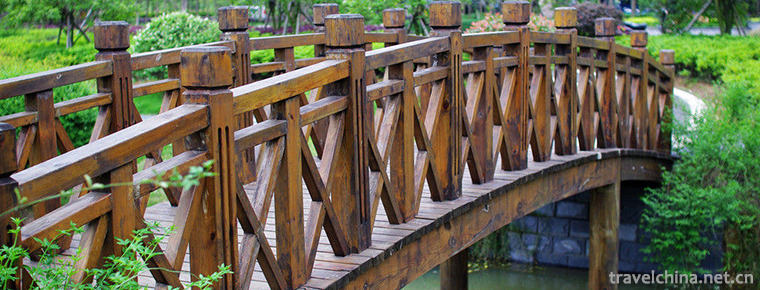
-
Braised Shredded Chicken with Ham and Dried Tofu
Braised Shredded Chicken with Ham and Dried Tofu, also known as chicken juice, boiled silk, the traditional dishes are Huaiyang cuisine.
Views: 197 Time 2018-10-27 -
Yuelu Mountain and Orange Prefecture Tourist Area
Orange Island Scenic Area is located in the heart of the Xiangjiang River opposite Changsha City, Hunan Province. It is the largest famous island in the Xiangjiang River with an area of 91.4 hectares.
Views: 184 Time 2018-12-12 -
The Ming Toms
The Obvious Tomb is located on Chunde Mountain, 5 kilometers northeast of Zhongxiang City, Hubei Province. It was built in 1519 in Zhengde, Ming Dynasty. It was built in 1566 in Jiajing.
Views: 143 Time 2019-02-07 -
Qinzhou Sanniangwan Tourist Area
Sanniang Bay is one of the ten best scenic spots in Qinzhou, Guangxi. It is the home of Chinese white dolphins. Located on the coast of the Beibu Gulf in southern China,.
Views: 129 Time 2019-02-07 -
Tsing Tan Temple
Qingdan Temple is located 3.5 kilometers west of Fucheng, Zaozhuang City, in the narrow valley of Chu and Han Mountains. It was built in the Tang Dynasty..
Views: 191 Time 2019-02-07 -
Chaohu folk songs
Chaohu Folk Song, the local traditional music of Chaohu City, Anhui Province, is one of the national intangible cultural heritage. On May 20, 2006, Chaohu .
Views: 272 Time 2019-04-16 -
Oroqen Folk Songs
The Oroqen nationality mainly distributes in the Oroqen Autonomous Banner, Buteha Banner of Hulunbeier League, Inner Mongolia Autonomous Region and .
Views: 220 Time 2019-04-28 -
Kite making skills
Kite making skills, Weifang City of Shandong Province, Nantong City of Jiangsu Province, Lhasa City of Tibet Autonomous Region, Beijing, Tianjin and other local traditional skills, one of the national.
Views: 120 Time 2019-04-29 -
Mashan folk songs
Mashan Folk Song is a traditional folk song form which is popular in the area of Mashan Town, Jingzhou District, Jingzhou City, Hubei Province. One of China's national intangible cultural heritage lis.
Views: 333 Time 2019-05-15 -
Nanjing White Bureau
Nanjing Baiju is an ancient type of music in Nanjing area. The "Nanjing tune" in the Yuanqu brand is the original tune of Baiju's ancient tune. It has a history of more than 700 years. It wa.
Views: 108 Time 2019-06-07 -
Uygur Karakul fetus
There is a folk song "Turpan grape Hami melon, turtle's lamb a flower". Shaya Uygur Hatters use local lamb skin to make various hats, such as Duhuawa, Wuniqie and Dulikun, for people to buy..
Views: 188 Time 2019-06-26

